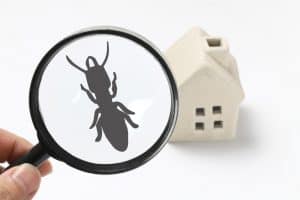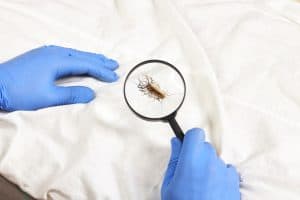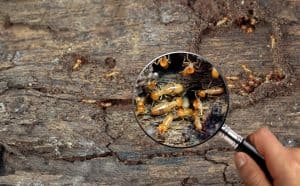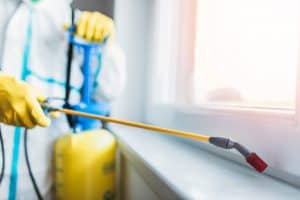Spring is a time for rejuvenation and renewal, but unfortunately, it’s also the time when pests start to become more active. If you live in Queen Creek, you know that pest control is essential for keeping your home and family safe from unwanted guests. In this springtime pest control guide for Queen Creek homes, we’ll explore some of the most common pests in the area and offer tips for keeping them at bay.
Whether you’re looking for DIY pest control solutions or need to hire professionals for pest control in Queen Creek, this guide will help you stay ahead of the game and enjoy a pest-free spring season.
Pest Control Is Very Important For The Health Of Your Home
Quality pest control is essential for maintaining the health and safety of your home. Pests like rodents, insects, and termites can cause significant damage to your property and even pose a threat to your health. They can contaminate food, spread diseases, and cause allergies or asthma.
Regular pest control services can help identify pests and eliminate them before they become a problem. With the right pest control methods, you can protect your family and preserve the integrity of your home. Don’t wait until it’s too late – invest in quality pest control today and enjoy a healthier, safer living environment.
The Many Problems A Pest Infestation Can Create In Your Home
A pest infestation can create a host of problems in your home, from property damage to health hazards. Pests like rodents, termites, and bed bugs can damage your home’s structure, electrical wiring, and insulation, leading to costly repairs.
They can also contaminate your food, leaving you vulnerable to foodborne illnesses. In addition, pests like cockroaches and dust mites can trigger allergies and asthma, causing respiratory problems.
If left untreated, a pest infestation can quickly get out of control and become a major headache for homeowners. That’s why it’s important to promptly address any signs of a pest infestation and seek professional pest control services to eliminate the problem before it worsens.
Six Natural And Effective Springtime Pest Prevention Tips
Springtime is a time for new beginnings and warmer weather, but it’s also the season when pests come out in full force. If you’re looking for natural and effective ways to prevent pests from invading your home this spring, consider the following tips:
- Keep your home clean and clutter-free to eliminate hiding places for pests.
- Seal any cracks or gaps in your home’s exterior to prevent pests from entering.
- Install screens on doors and windows to keep pests out while still allowing fresh air in.
- Use natural pest repellents like peppermint oil, vinegar, or citrus to keep pests away.
- Remove any standing water around your home to prevent mosquito breeding.
- Keep your yard well-maintained, including trimming bushes and trees and storing firewood away from your home.
While these tips can help prevent pest infestations, it’s important to seek the help of a pest control specialist if you suspect a problem. They can provide additional prevention tips and offer effective pest control solutions to keep your home pest-free all year round.
The Best Pest Control For Your Home
When it comes to pest control for your home, you want dependable and effective service. That’s where Ozone Pest Control comes in. With years of experience in the industry, Ozone Pest Control offers a range of pest control services to keep your home free from unwanted guests.
Our team of skilled technicians uses the latest techniques and equipment to ensure that pests are eliminated quickly and efficiently. Plus, with a focus on customer satisfaction, you can trust that Ozone Pest Control will go above and beyond to meet your needs. So if you’re looking for dependable pest control for your home, look no further than Ozone Pest Control.








